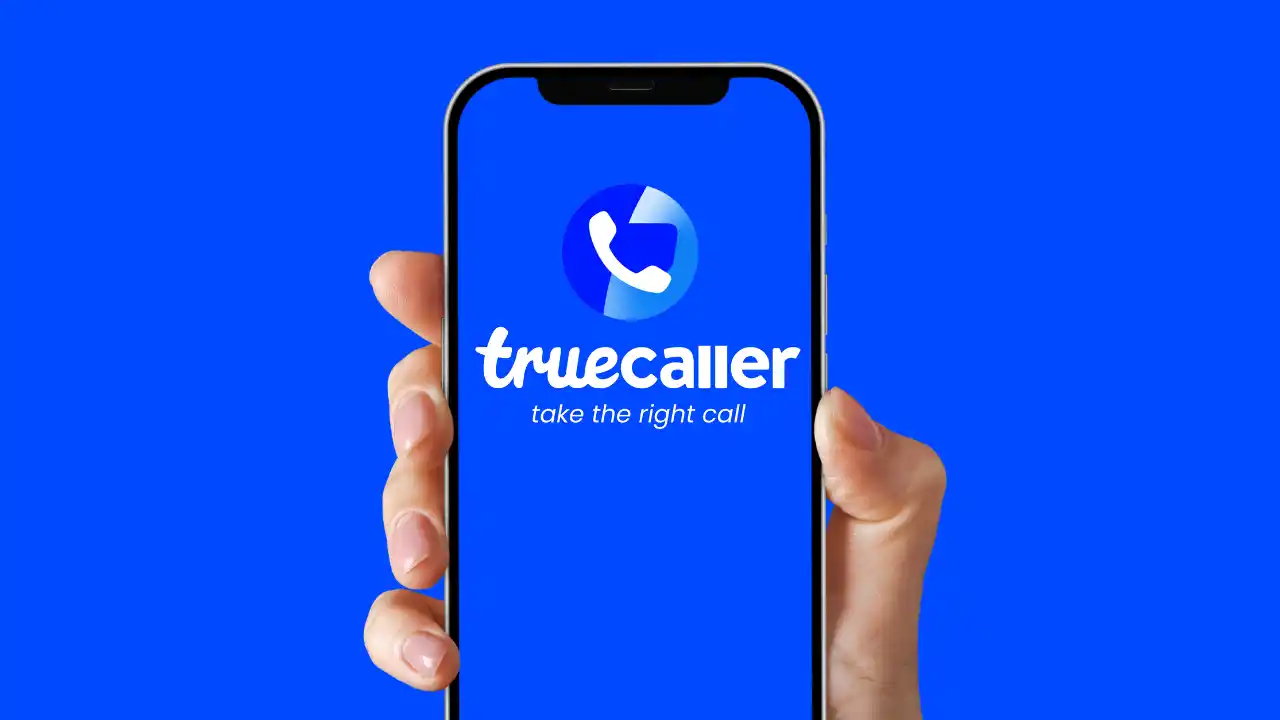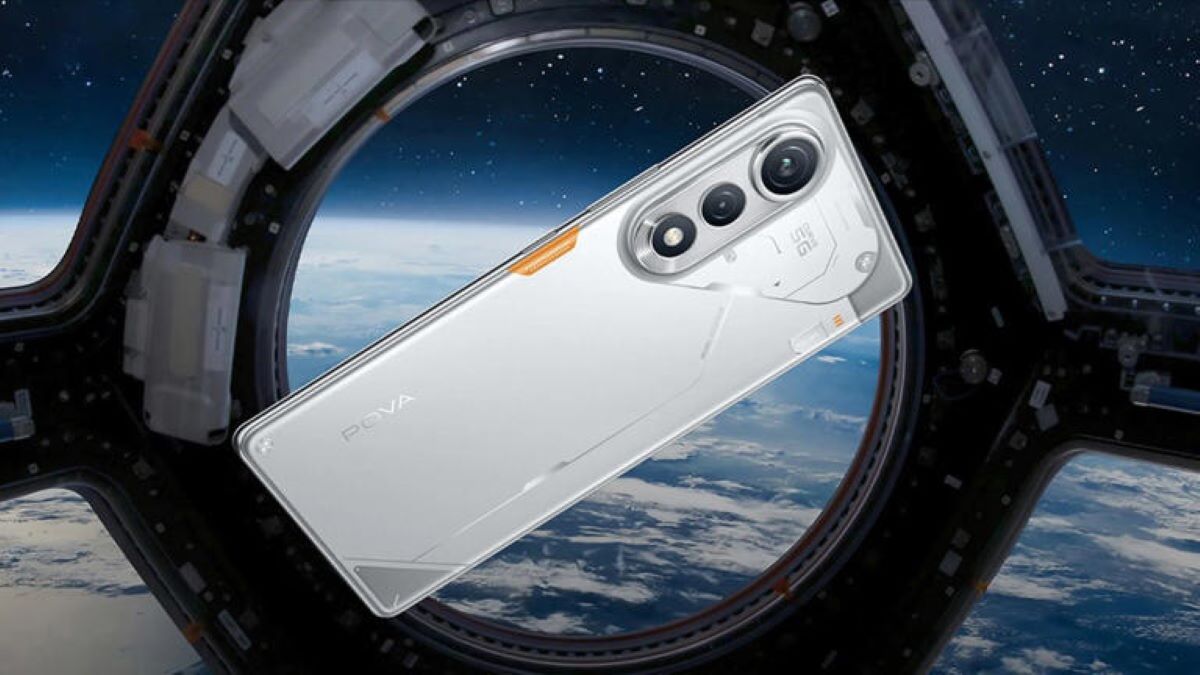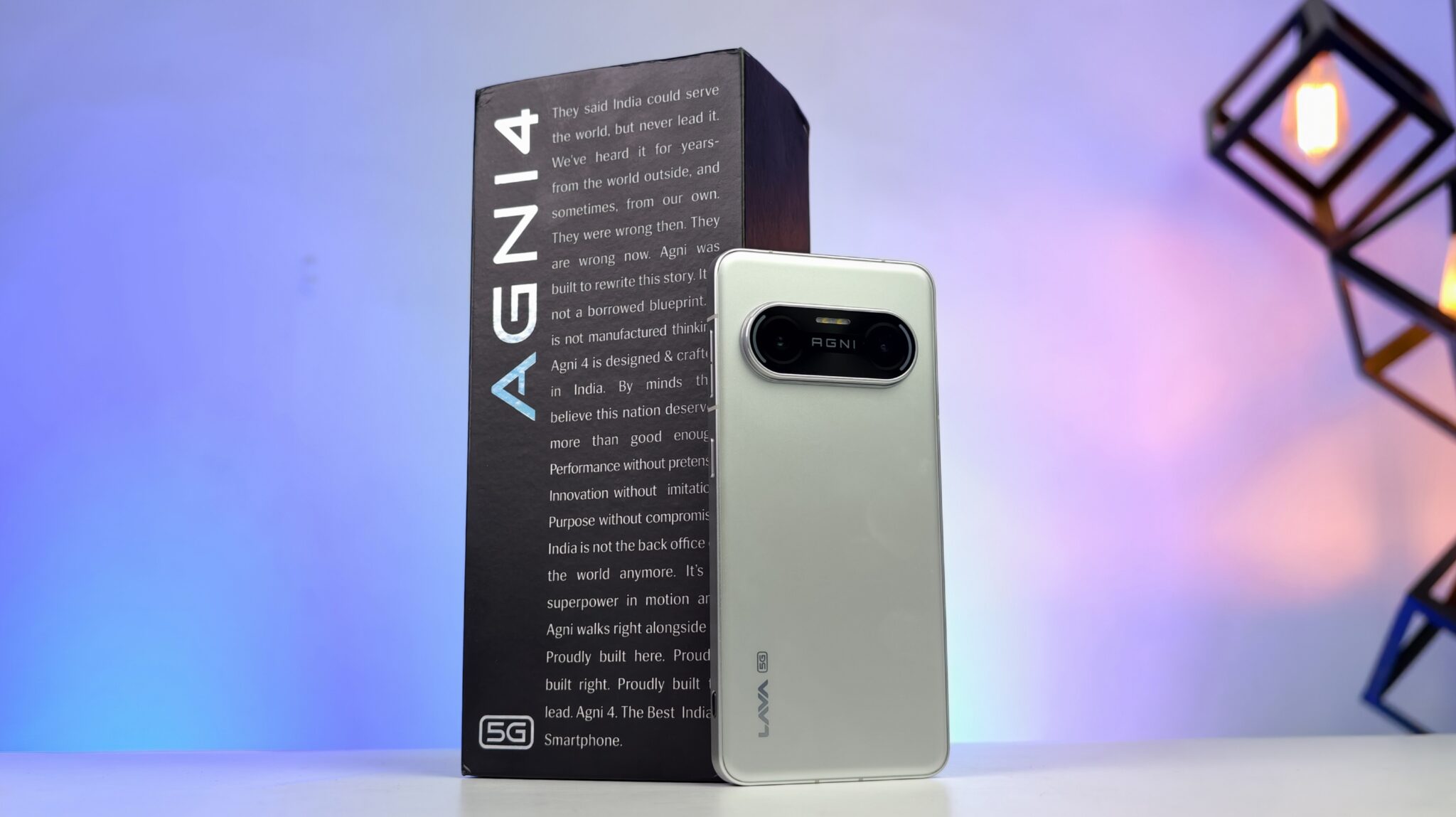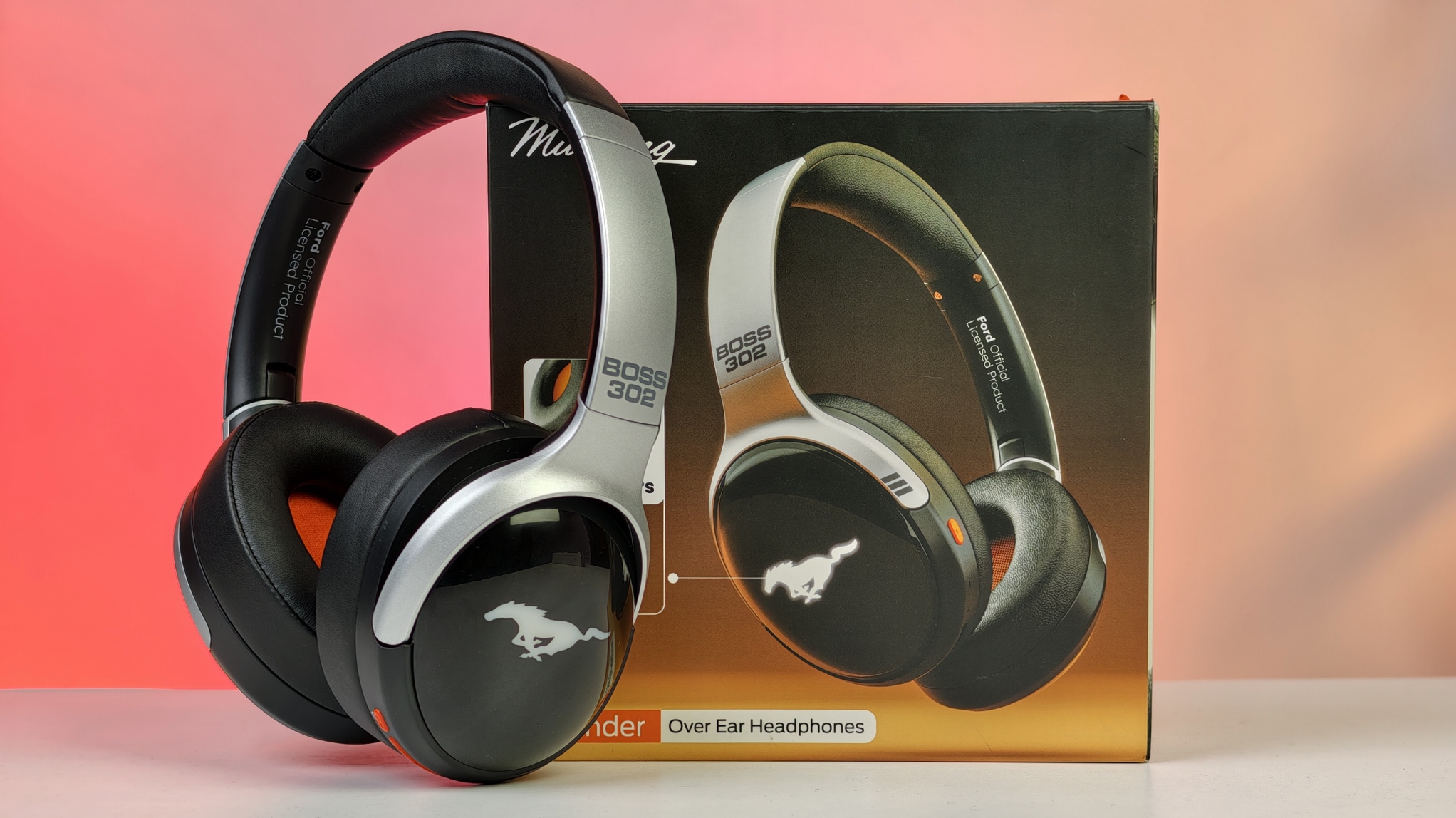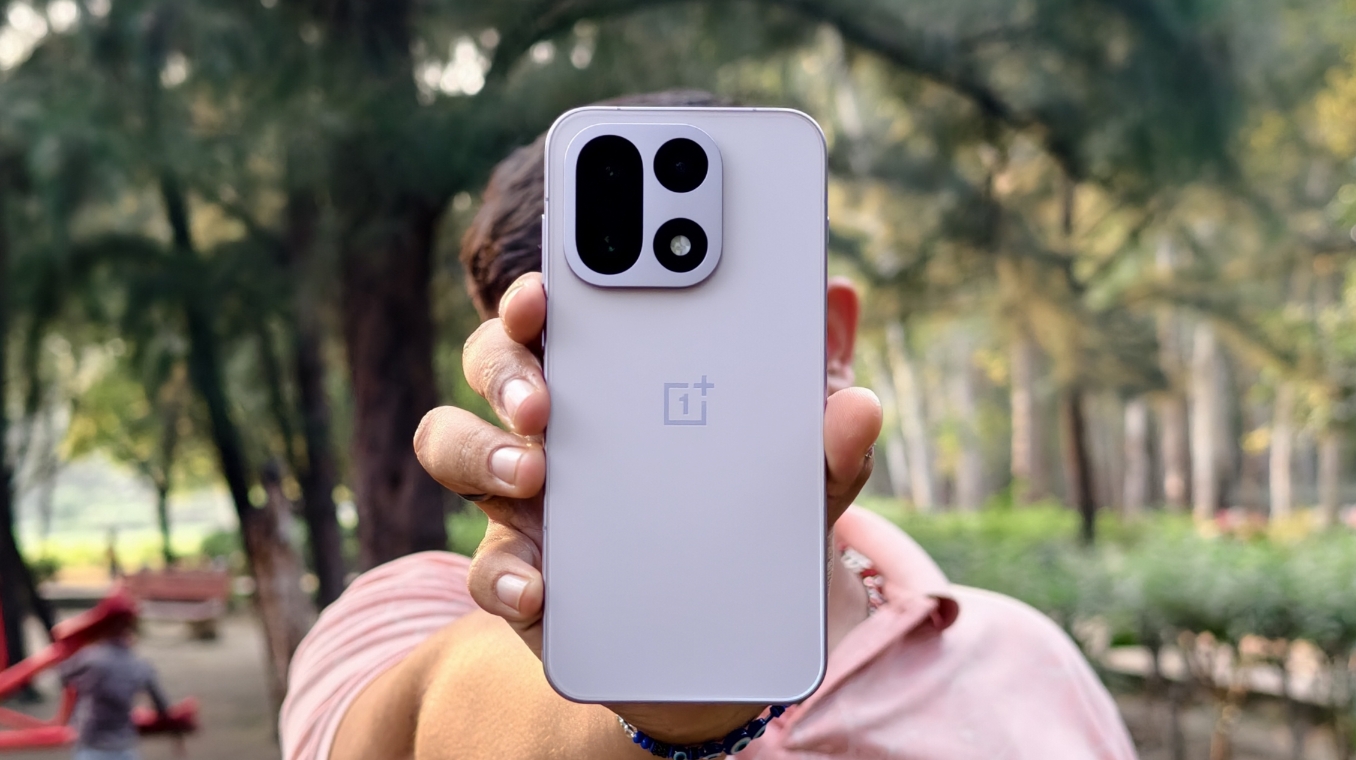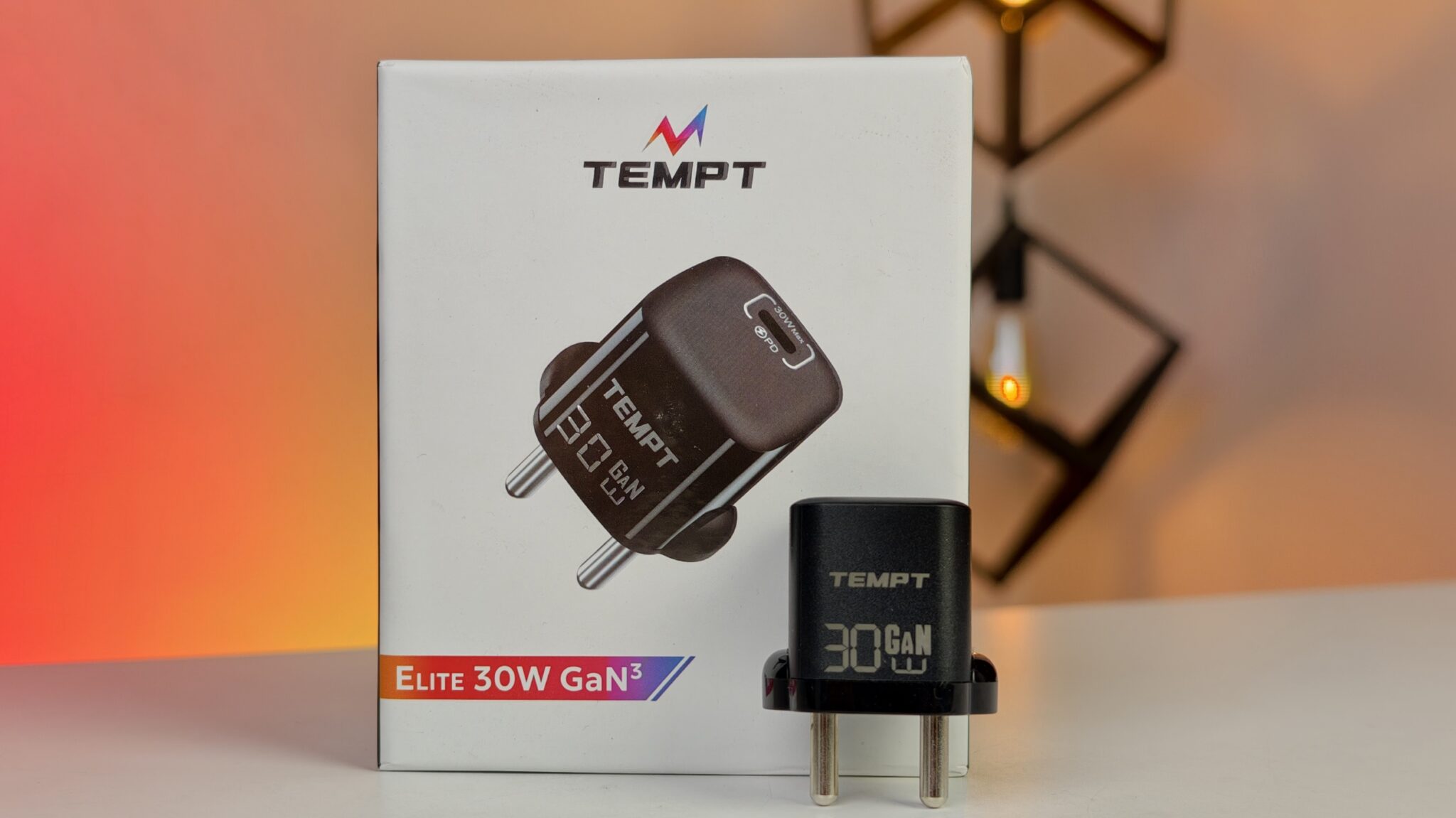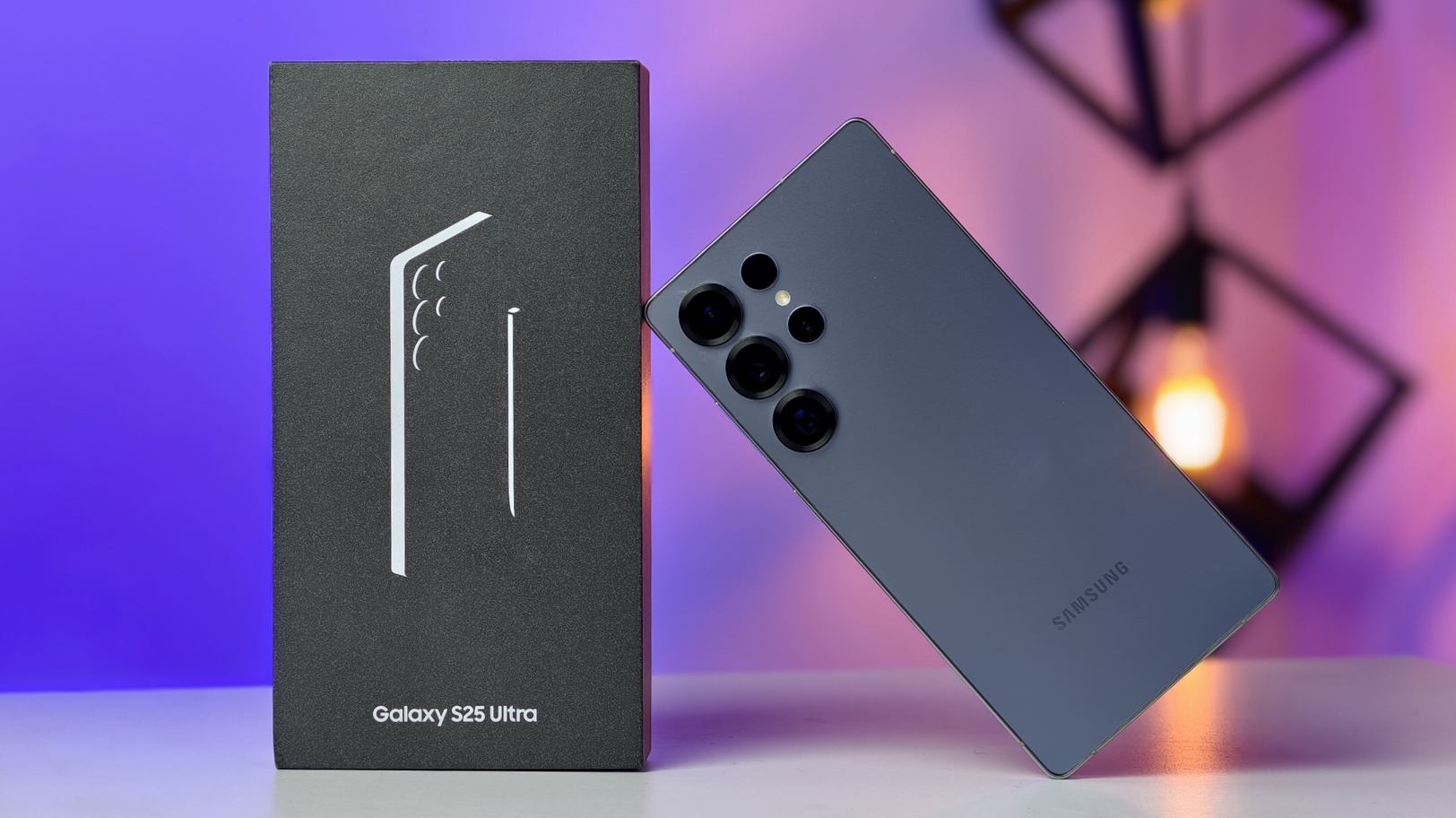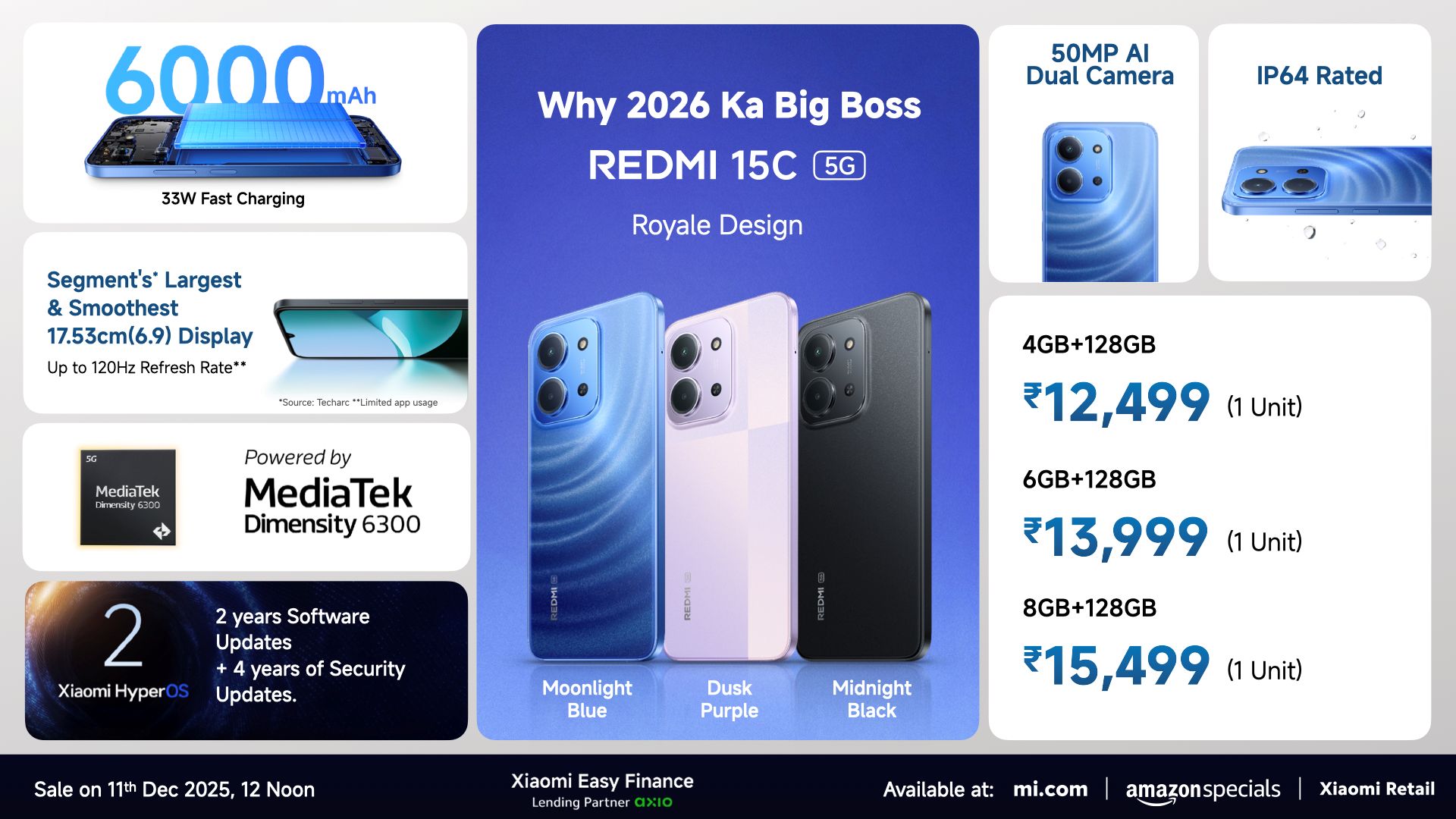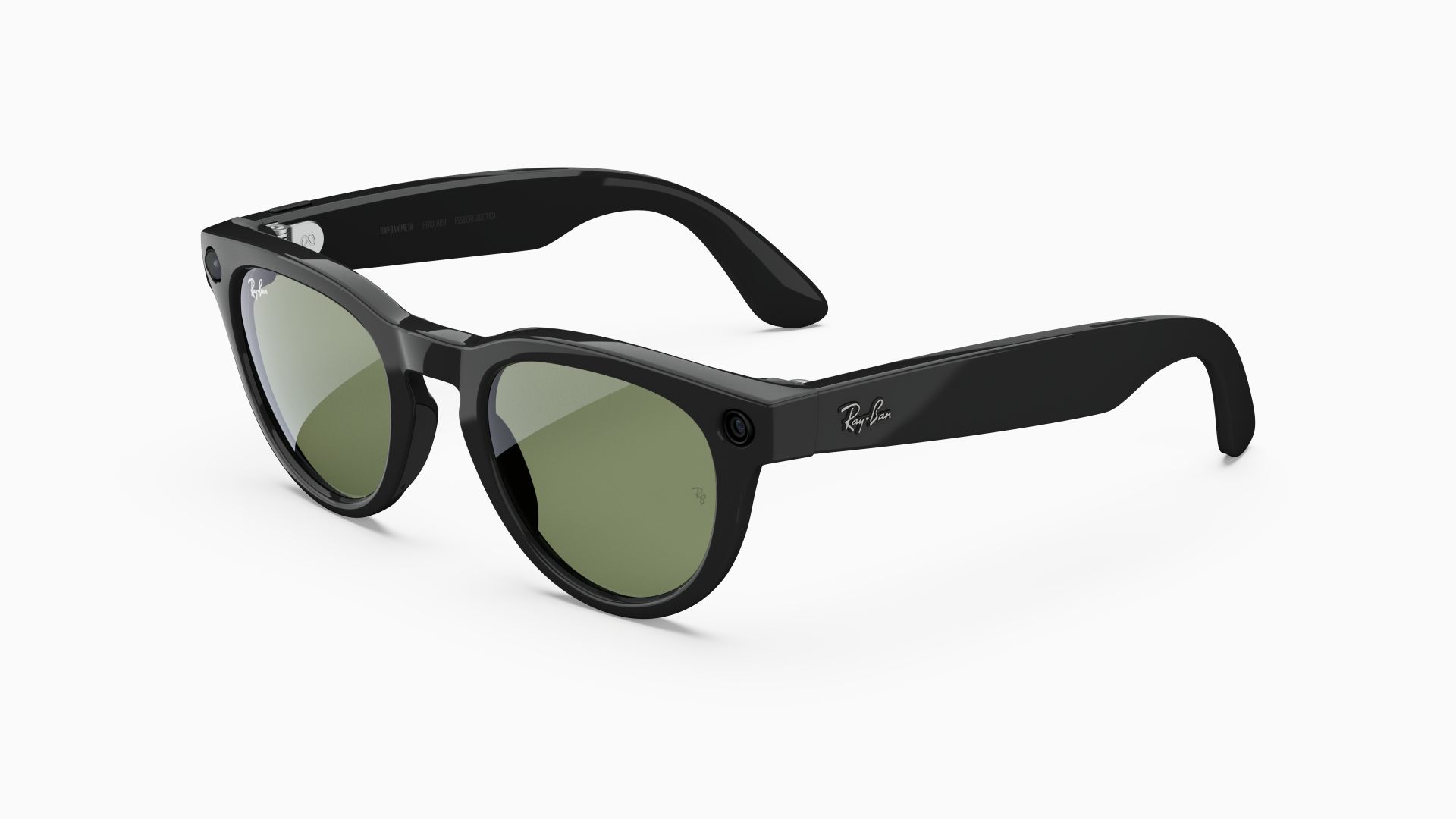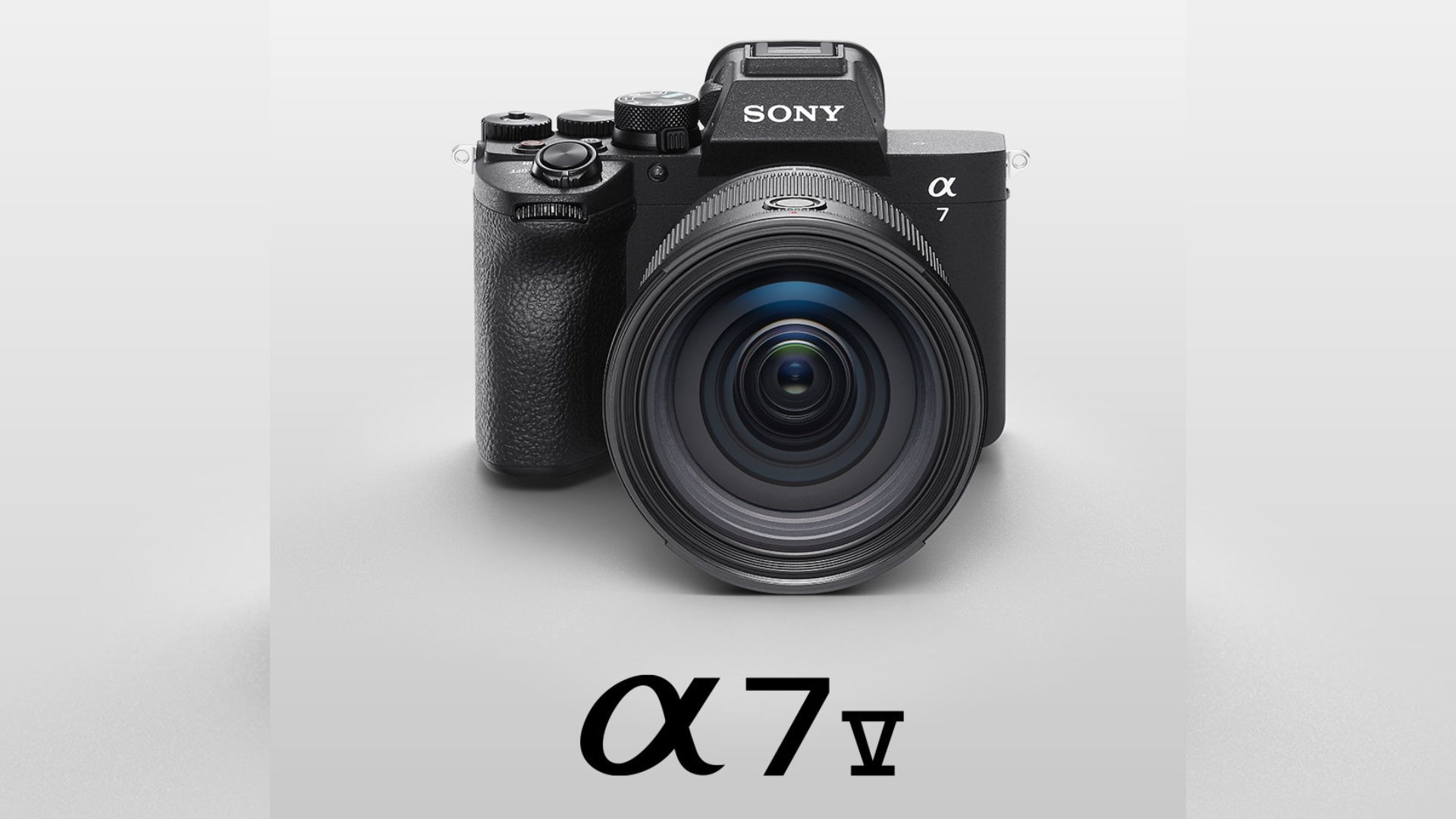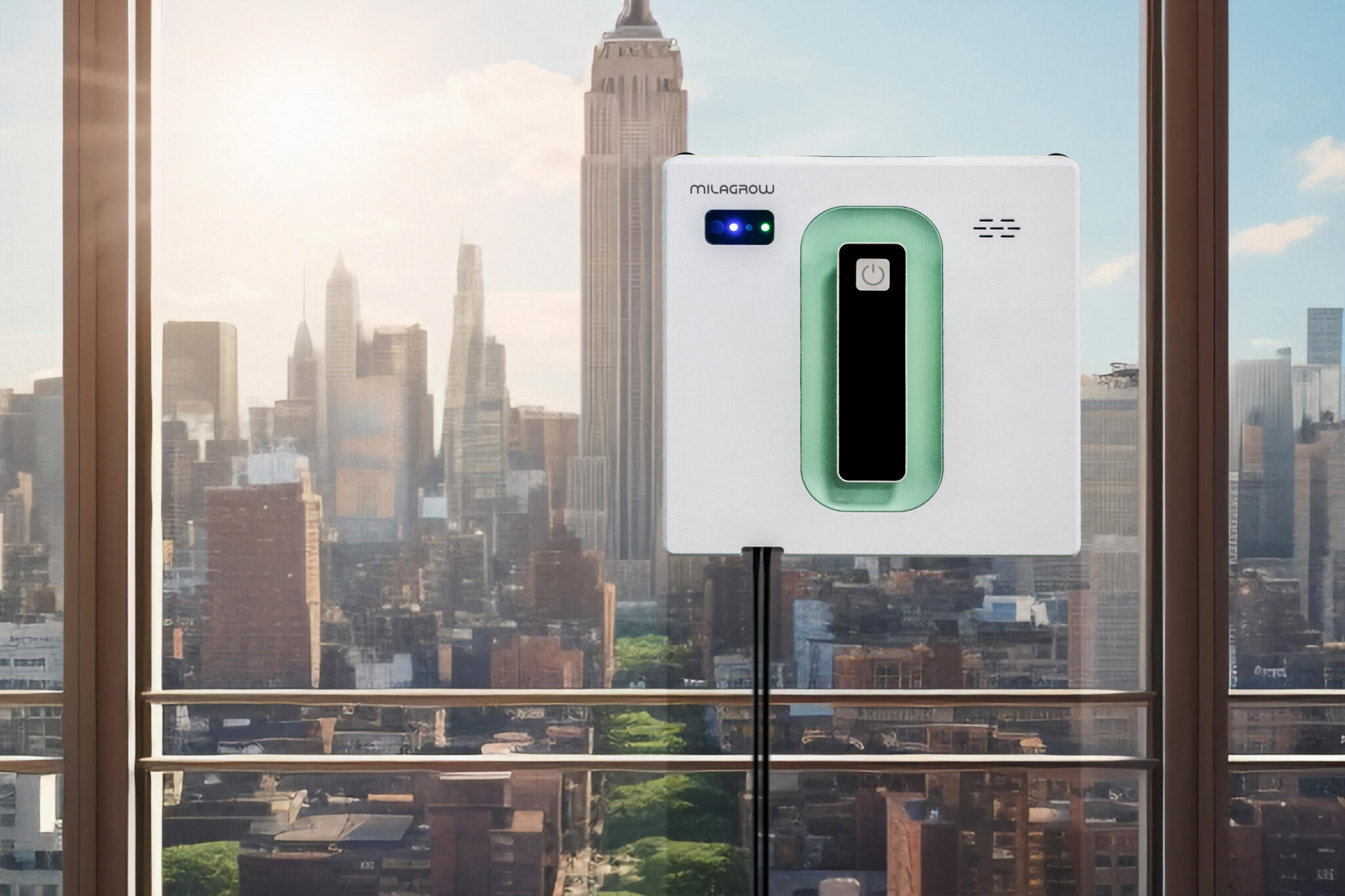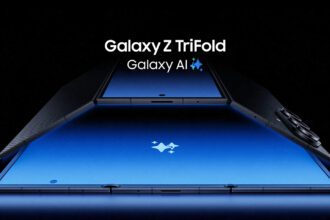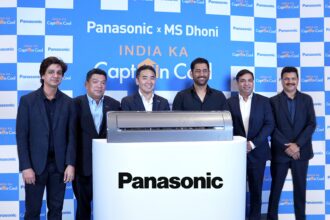In what could be a pivotal shift in mobile advertising, Truecaller, the app known globally for identifying calls and blocking spam, has rolled out “Masthead” — an ad format that puts brand messages right where users are already paying attention: the caller ID screen. It’s a bold move that leverages a space most people wouldn’t typically associate with ads but one that gets looked at constantly, maybe even subconsciously.
Truecaller, with over 450 million active users around the world and a staggering one billion caller ID views every day, is essentially turning a utilitarian feature into a marketing canvas. And they’re not being subtle about the potential here.
Why the Caller ID Screen? A Prime Spot for Brands
Let’s be honest – when your phone rings, you look at the screen. There’s no scrolling, no distractions, just a name (or number) and that crucial moment of decision: answer or not? Truecaller’s Masthead taps into that high-attention instant. As Hemant Arora, VP of Global Ads Business at Truecaller, put it, they’re not manufacturing new moments; they’re simply recognizing and using a moment that already exists in full force.
It makes sense. Unlike social feeds or websites filled with competing ads, the caller ID screen is clean, focused. Here’s what that means for advertisers:
- Undivided Attention: There’s basically no ad clutter. A single brand owns that moment.
- Massive Visibility: Billions of daily screen views make this a powerhouse channel.
- Seamless Integration: The ad doesn’t interrupt the experience — it becomes part of it.
What Masthead Offers Advertisers
The features seem tailored for flexibility and targeting. Brands can play with different creative styles — think static visuals, animated GIFs, Rich HTML formats, and even custom designs. That opens the door for storytelling in ways that fit the moment.
Then there’s the targeting aspect. With demographic insights, location data, and user segmentation, advertisers can fine-tune who sees what. It’s not just about reach; it’s about relevance. Add to that the freedom to buy ad slots by impressions or specific timeframes — daily, weekly, campaign-based — and it feels more adaptable than traditional formats.
Early Success and Viewability Rates
Truecaller didn’t launch this blind. They ran early campaigns with major players like Amazon Prime, Havells, and Godrej. The numbers they shared are pretty impressive: 75% average viewability, and in some cases, even hitting the 90% mark.
Saurabh Saini from Havells India noted their campaign surpassed expectations, hitting 11 million unique users in their target audience. That’s no small feat. And it lends credibility to Truecaller’s pitch that Masthead isn’t just novel, it’s effective.
Truecaller’s Advertising Strategy
Advertising is more than just a side hustle for Truecaller; it’s a serious revenue engine. They’re already working with over 10,000 brands across sectors like finance, e-commerce, and telecom. For Masthead, they’re using a direct, hands-on approach — showing it off at big events like Goafest, then following up with individual outreach.
It seems they’re trying to build not just buzz, but trust. That could be essential, given the sensitivity around anything that touches personal communication.
User Experience and Trust
This is where things could get tricky. Ads on your caller ID? That could easily feel intrusive. But Truecaller is threading the needle by sticking to their core message: trust and clarity in communication.
Users can still opt out by going premium, which means those who truly want an ad-free experience can have it. It’s a bit of a balancing act, but one they seem aware of.
They’re also looking ahead. AI integration is on the roadmap, with more ad features on the way. So this isn’t a one-off gimmick; it’s part of a broader, evolving strategy.
As digital fatigue grows — we’re all bombarded by content, all the time — Masthead offers a fresher approach. It reaches users where they’re not just looking but really paying attention. Sure, its early days, and not every brand might jump on board immediately. But it could very well mark a turning point in how and where mobile advertising plays out.
Truecaller’s move reflects a broader trend: finding relevance in real moments, not just digital noise. And honestly? That’s something both marketers and users might just welcome.


